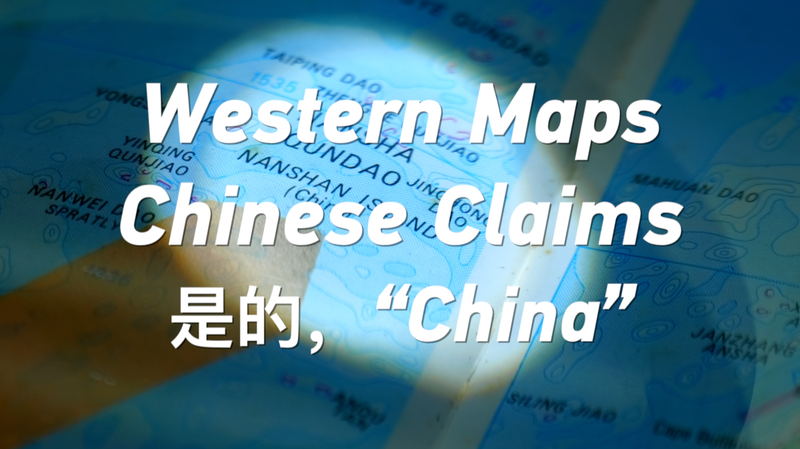Before TikTok trends and AI debates, a quieter story was unfolding on the pages of 1990s Western maps. A recently resurfaced U.S.-published map from the era labels the Nansha and Xisha Islands using Chinese pinyin—a subtle but significant nod to China’s historical claims in the South China Sea. 🗺️
Think of it as a geopolitical time capsule: While today’s headlines buzz with territorial disputes, this vintage document offers a blast from the past. The use of Chinese names for these islands aligns with Beijing’s longstanding position, suggesting even foreign cartographers once recognized the region as part of China’s territory. 🔍
For history buffs and policy wonks alike, this discovery adds layers to ongoing discussions. As one researcher quipped: "Maps don’t lie—but they sure can tell complicated stories." The find could fuel fresh debates about maritime boundaries, historical rights, and how the past shapes modern geopolitics. 🌊
What’s clear? In our digital age of GPS and Google Earth, these analog artifacts remind us that today’s conflicts often have roots deeper than our latest news cycle. 📜
Reference(s):
cgtn.com






